Defining agency 2020 – The priorities, evolution and new rules
How much have the agencies evolved as we are nearing completion of two decades of the 21st century? How will the agency of 2020 look like, what would be its operational structure? What kind of deliverables will marketers be looking for? How will brand management pan out – will there be seamless integration or will we continue to see teams working in silos? Who takes precedence in the digital era – the Chief Digital Officer or the Chief Creative Officer?
A whole host of very pertinent questions were raised in the session ‘Defining Agency 2020’ at Adgully’s first ever Digi Media Summit, held in Delhi on March 29, 2019.
Speakers at this special panel discussion included eminent names like Anurag Gupta, CEO, SVG Media; Aditya Swamy, Head of Agency Partnerships, Google India; Priti Murthy, CEO, OMD India; Naresh Gupta, CSO & Managing Partner, Bang in the Middle; Babita Baruah, Managing Partner, GTB India; and Arnab Mitra, Managing Director, LIQVD Asia. Moderating the session was Digital Marketer Subho Sengupto.
Commencing the discussions, Subho Sengupto sought to explore whether big consulting agencies buying out traditional ad agencies like traditional media creative ad agencies was a trend or just a flash in the pan.
Anurag Gupta felt that the answer was not so simple, because on the one hand there is technology which is disrupting the way business is being done. Thus, digital is no longer a medium or a channel, but has become a business in itself – e-commerce or any digital business that are becoming larger and larger by the day.
Gupta added, “In this era of being so digitally connected, you have the consulting companies, traditionally who were talking about how to architect your system. The ERP’s business processes slowly tried getting into the marketing side of it because CIO and CMO roles are blurring. They started consulting for acquisition of customers or engaging with the customers from a marketing perspective and starting entering the domain of ad agencies.”
In Gupta’s perspective, there will be convergence in the future.
When asked what Google’s point of view was on what works in advertising today, Aditya Swamy pointed out that in the last two years, discussions in several forums were going beyond media. He noted, “Our engagement with agencies is happening broadly on 3 buckets: first is basically on the commercials (trading). The two new pillars which I am seeing now are technology and a lot of emphasis has been on talent. Because if the agency business is changing rapidly the way it is, the lines of business are going to change. The portfolio of clients is changing; if earlier FMCG and auto were large clients for agencies, today e-commerce and tech companies are becoming large clients.”
While the global ad market is growing by a mere 3.5-4 per cent, the Indian market is growing by 15 per cent. Thus, India is growing 4 times fast than the rest of the world across all platforms.
He further said, “At Google, apps are a big part of our business, therefore we study over 3,000 app creatives across APAC, so that there is a way to marry idea and creative. But the idea stays on top.”
Sengupta then said that the core of a creative product comes from insights into the consumer. He asked Babita Baruah whether technology lends strenght to these insights or are they at odds with one another?
Baruah said, "Insights are the cornerstone brands are built on. Since brand building is increasingly about consumer centricity therefore the value of insights has increased. Data has definitely enriched insights simply because you are able to get more information."
However, Baruah suggested that advertisers often don't rely on data enough and stick with traditional thinking. Additionally she opined that data tends to paint consumers with the same brush which goes against the creative gut of the advertiser and makes technology come across as an enemy.
She warned against relying only on the numbers. "That I where I see insights start breaking off." she said. Quoting Malcolm Gladwell she said, 'There is a lot of knowledge out there but there is no understanding.'
To the question raised by Sengupto on how does one marry television with print or mobile and whether it is completely automated, Priti Murthy replied that the interesting bit of using data is efficiency. Continuing further, she said, “For example, deciding whether the front page of The Times of India is more important or is it YouTube? If you are targeting the millennials, their consumption habits have changed, and that’s where the belly of India is. The next generation is not growing on the traditional mindset that we have grown up with, the question then is how do we transition into that? While both traditional media and digital media co-exist today, but as we move ahead as media agencies, we need to understand what we need to be prepared for the next set of consumers that is coming in.”
The next consumer set is not growing up on fixed format video consumption or appointment viewing, they are binge watching. “We need to be evolved for the next five to eight years and prepare for how consumer shifts are going to happen,” Murthy stressed.
Taking this conversation further Sengupto then asked how much the consumer has evolved from the late 90s. To this, Naresh Gupta replied, “What has changed dramatically is how humans are connecting with each other. We are now living in a far bigger connected work, which means that you have far greater number of influencers, all thanks to the digital medium.”
At the same time Gupta stressed that brand importance will never go down. “What we are seeing is a lot of transactional advertising happening and that’s a function of the way media evolution has happened,” he concluded.



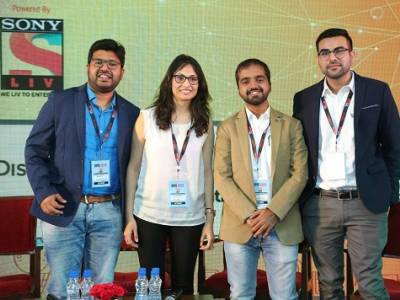
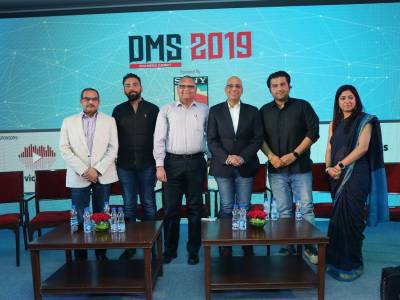
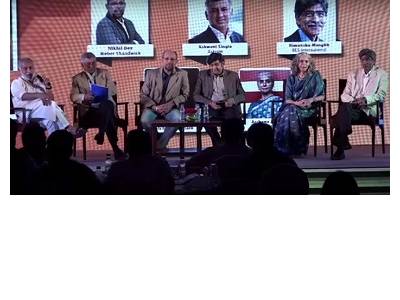
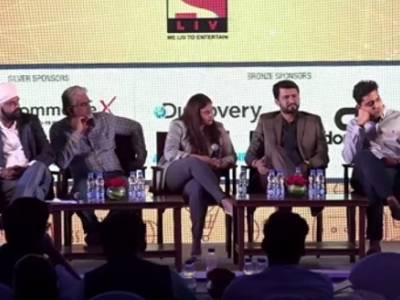
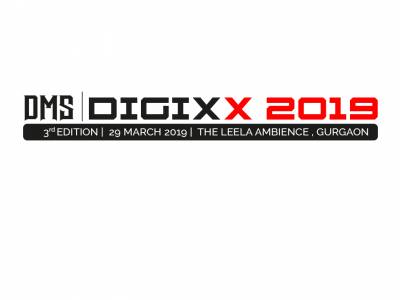
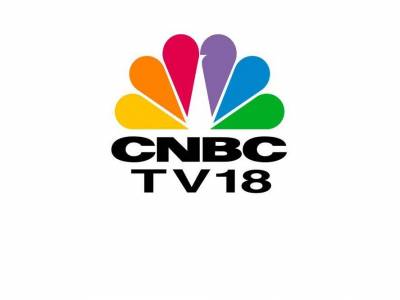

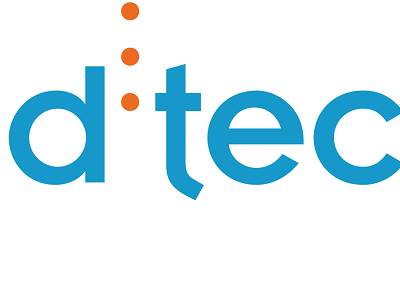


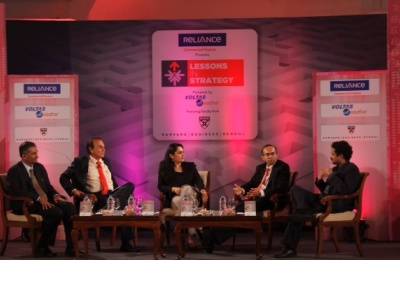

Share
Facebook
YouTube
Tweet
Twitter
LinkedIn